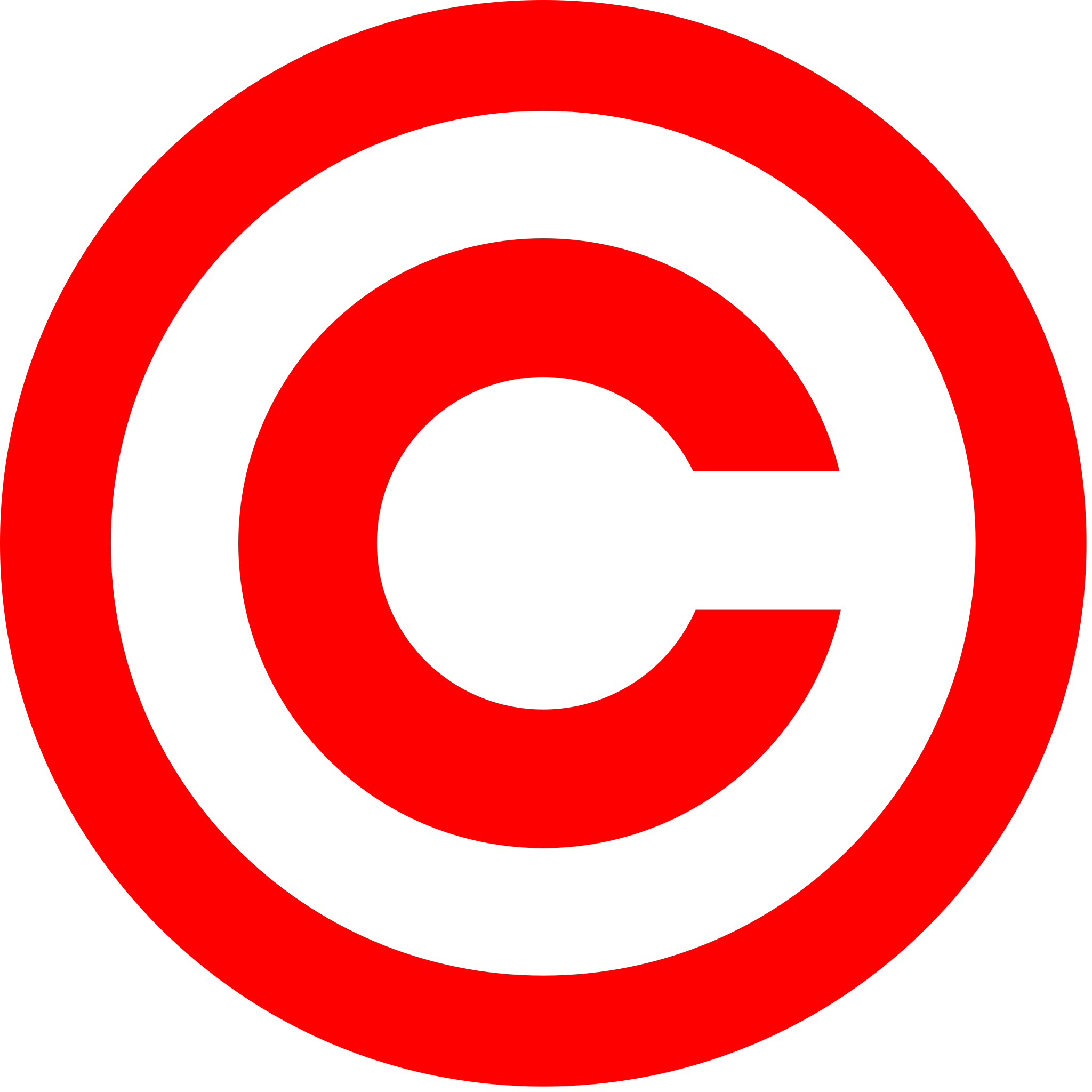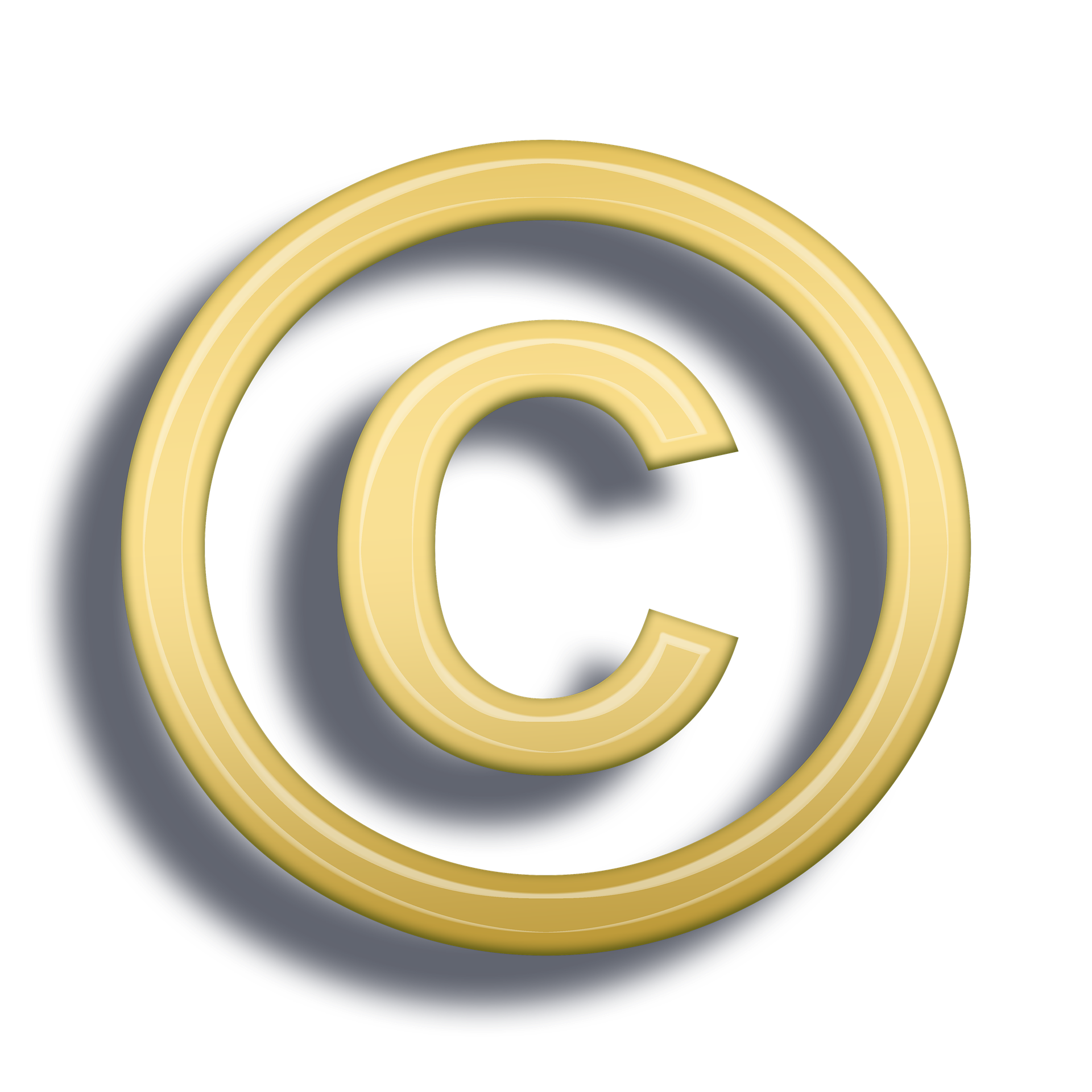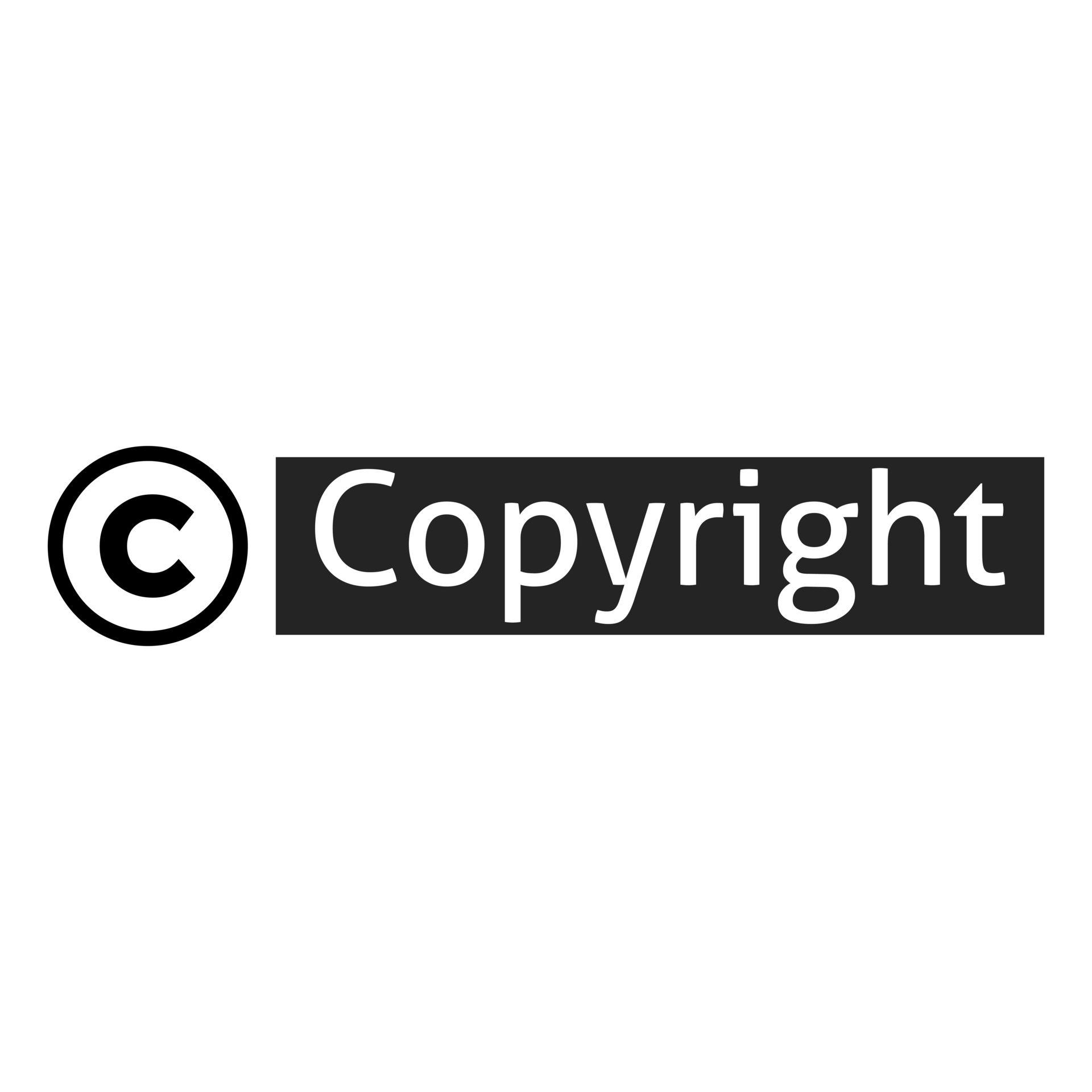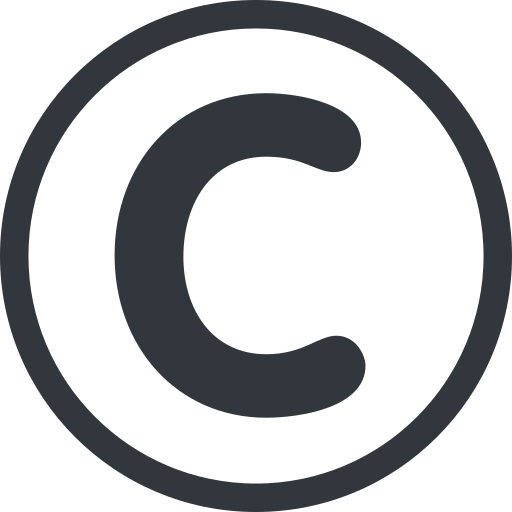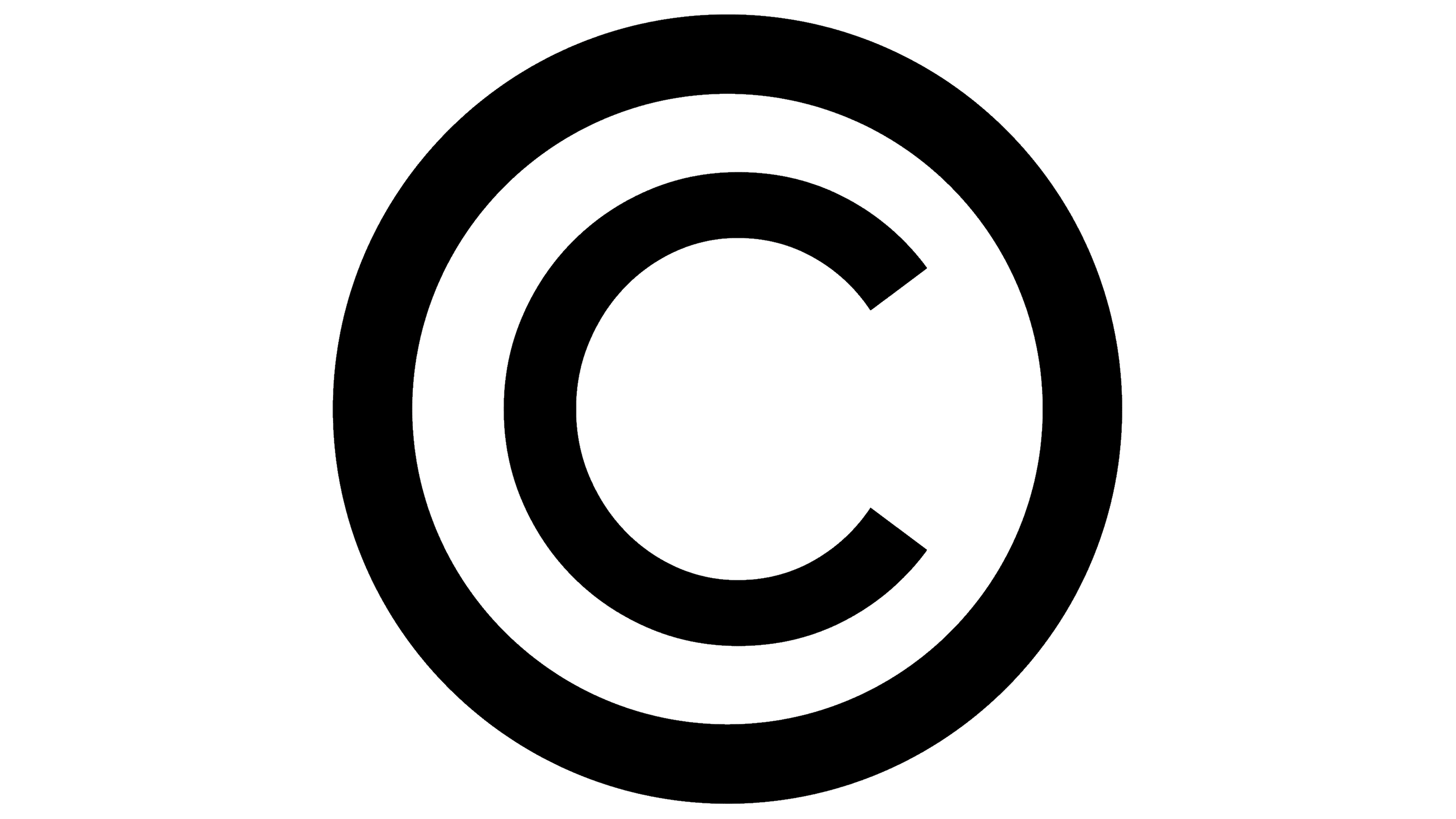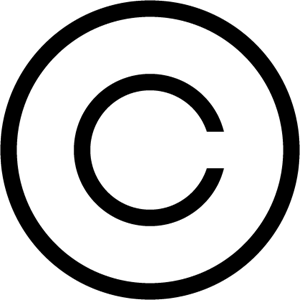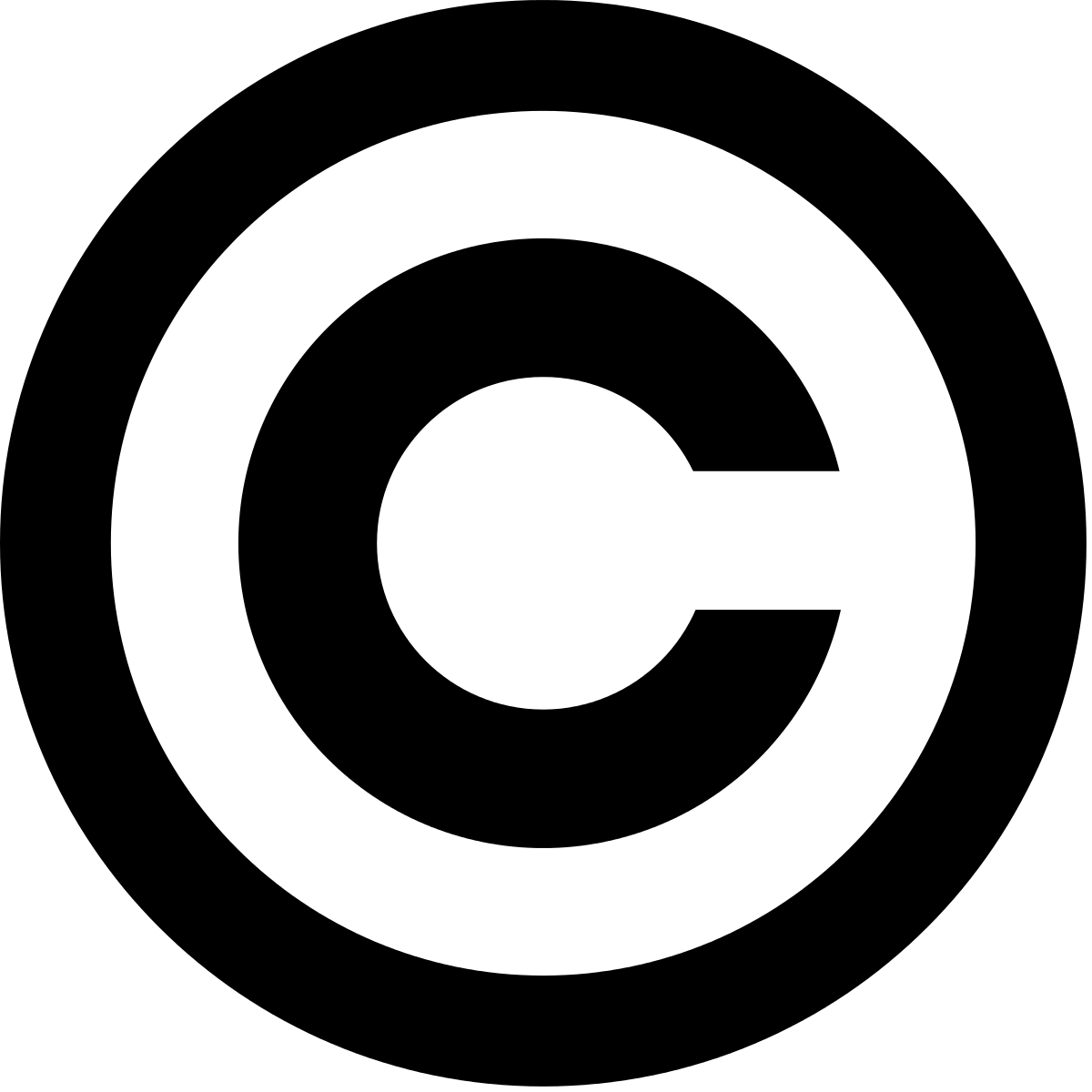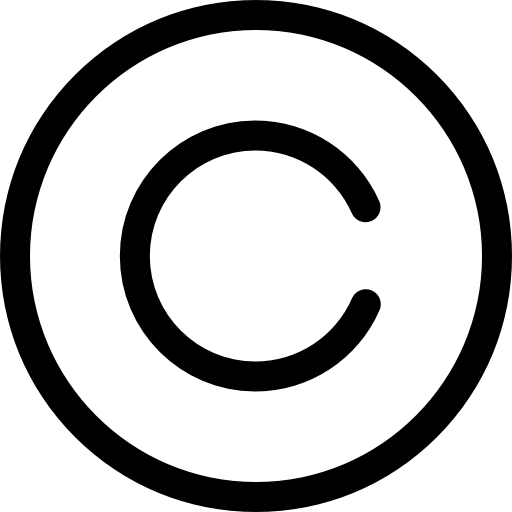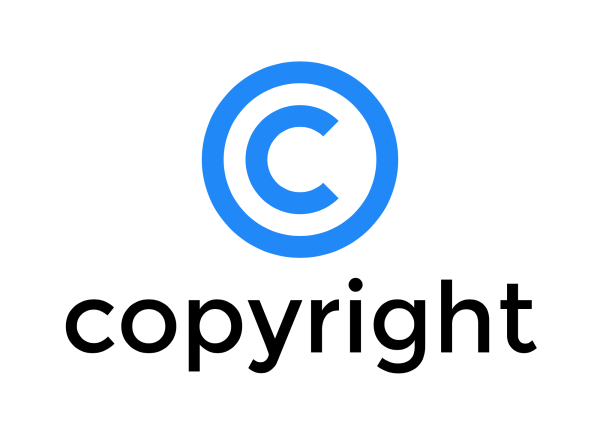Download top and best high-quality free Copyright PNG Transparent Images backgrounds available in various sizes. To view the full PNG size resolution click on any of the below image thumbnail.
License Info: Creative Commons 4.0 BY-NC
In today’s digital age, copyright is an essential concept for creators and users of works protected by intellectual property law. Copyright grants the creator or owner of a work legal protection against unauthorized use or reproduction by others. Simply put, if you create something, you have the right to protect it from being used without your permission.
At its core, copyright protects creative works such as books, music, films, photographs, and software. This means that if you create one of these things, you own the rights to it and can decide how it is used. However, copyright also covers other creative works, such as paintings, architecture, advertisements, and even tattoo designs.
When a work is created, copyright is automatically assigned to the creator or owner. This means that as soon as you create something, it’s protected by law.
But what exactly does this mean for creators and users?
For creators, copyright means that they have control over how their work is used. They can choose to publish it, sell it, license it, or keep it private. They can also control who can use their work and how. For example, a musician may allow a record label to use their music, but only under certain conditions, such as for a limited period or for specific purposes.
For users, copyright means that they need to seek permission from the creator or owner of a work if they want to use it in any way. For example, if someone wants to use a photograph in a book they are writing, they need to obtain permission from the photographer first. This is because the photographer owns the copyright to the image and has the right to control how it is used.
If someone uses a copyrighted work without permission, they could be liable for copyright infringement. This can result in legal action, such as a lawsuit, and the infringer may be required to pay damages to the copyright owner.
So, how long does copyright last?
In most cases, copyright lasts for the life of the creator plus a set number of years after their death. For example, in the United States, copyright lasts for the life of the creator plus 70 years after their death. After this time, the work becomes part of the public domain, meaning that anyone can use it without permission.
It’s also worth noting that copyright law varies between countries, so it’s important to research the laws in your own country if you’re creating or using copyrighted works.
But what about fair use?
Fair use is a legal principle that allows for the limited use of copyrighted works without permission. This can include things like criticism, commentary, news reporting, teaching, scholarship, and research. However, the specific criteria for fair use vary depending on the circumstances of each case.
To determine whether a particular use of a copyrighted work is fair use, courts will consider four factors:
- The purpose and character of the use, including whether the use is for commercial or non-commercial purposes.
- The nature of the copyrighted work.
- The amount and substantiality of the portion used in relation to the copyrighted work as a whole.
- The effect of the use on the potential market for or value of the copyrighted work.
Overall, copyright is an important concept for creators and users alike. It protects the rights of creators to control how their works are used, while also allowing for limited use under certain circumstances. As technology continues to evolve, copyright law will likely continue to adapt to meet the needs of modern creators and users.
Download Copyright PNG images transparent gallery
- Copyright Transparent
Resolution: 2048 × 2048
Size: 107 KB
Image Format: .png
Download
- Copyright
Resolution: 656 × 656
Size: 246 KB
Image Format: .png
Download
- Copyright PNG Clipart
Resolution: 1920 × 1920
Size: 1500 KB
Image Format: .png
Download
- Copyright PNG Cutout
Resolution: 1920 × 1920
Size: 49 KB
Image Format: .png
Download
- Copyright PNG File
Resolution: 512 × 512
Size: 29 KB
Image Format: .png
Download
- Copyright PNG Image
Resolution: 354 × 354
Size: 12 KB
Image Format: .png
Download
- Copyright PNG Images
Resolution: 3840 × 2160
Size: 34 KB
Image Format: .png
Download
- Copyright PNG Photo
Resolution: 300 × 300
Size: 6 KB
Image Format: .png
Download
- Copyright PNG Photos
Resolution: 1200 × 1200
Size: 70 KB
Image Format: .png
Download
- Copyright PNG Pic
Resolution: 512 × 512
Size: 18 KB
Image Format: .png
Download
- Copyright PNG Picture
Resolution: 600 × 439
Size: 19 KB
Image Format: .png
Download
- Copyright PNG
Resolution: 265 × 126
Size: 32 KB
Image Format: .png
Download
